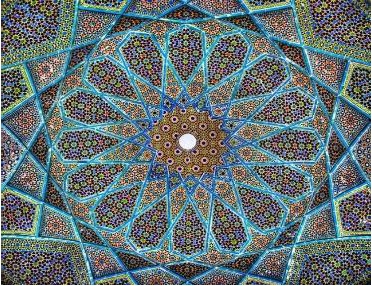
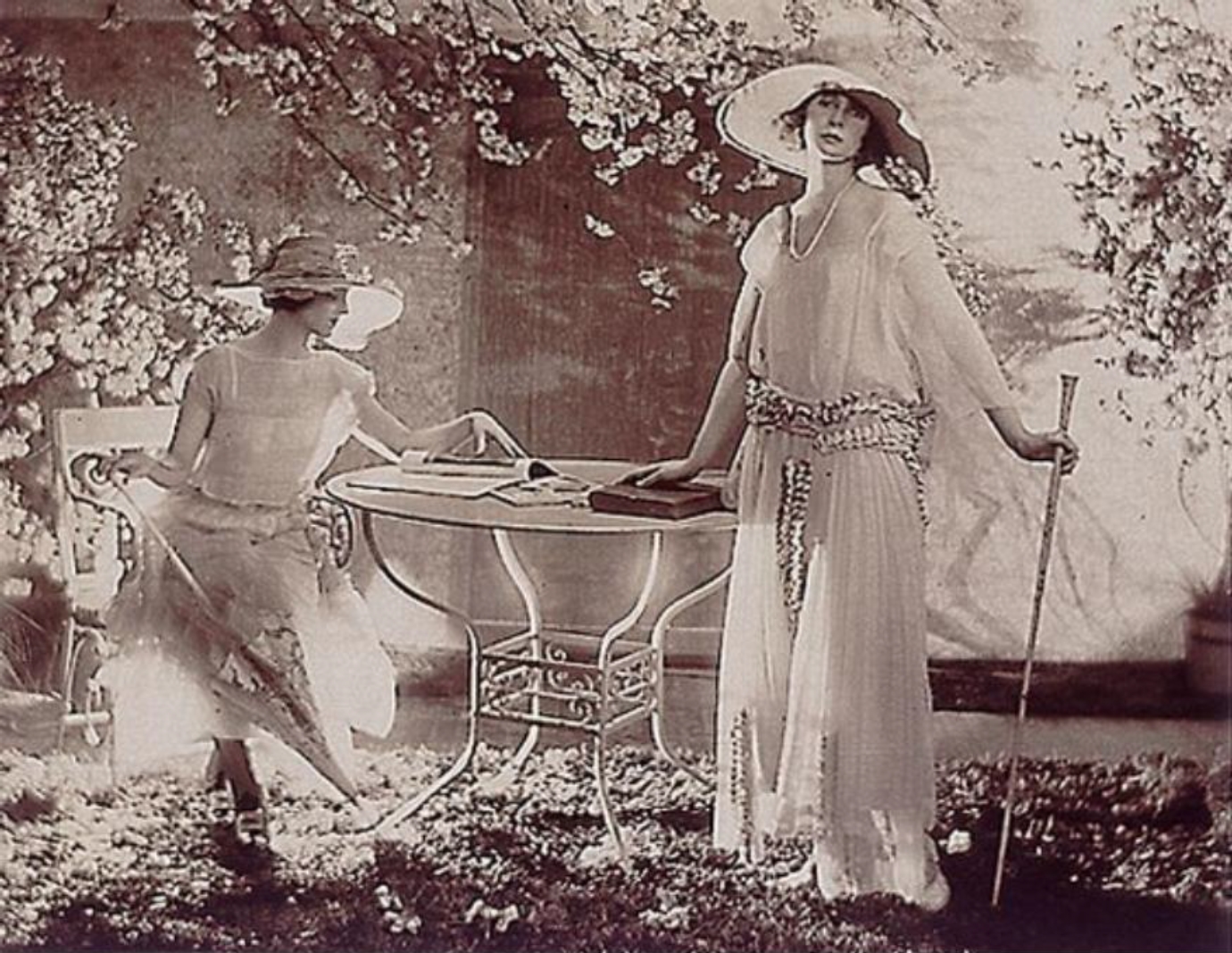
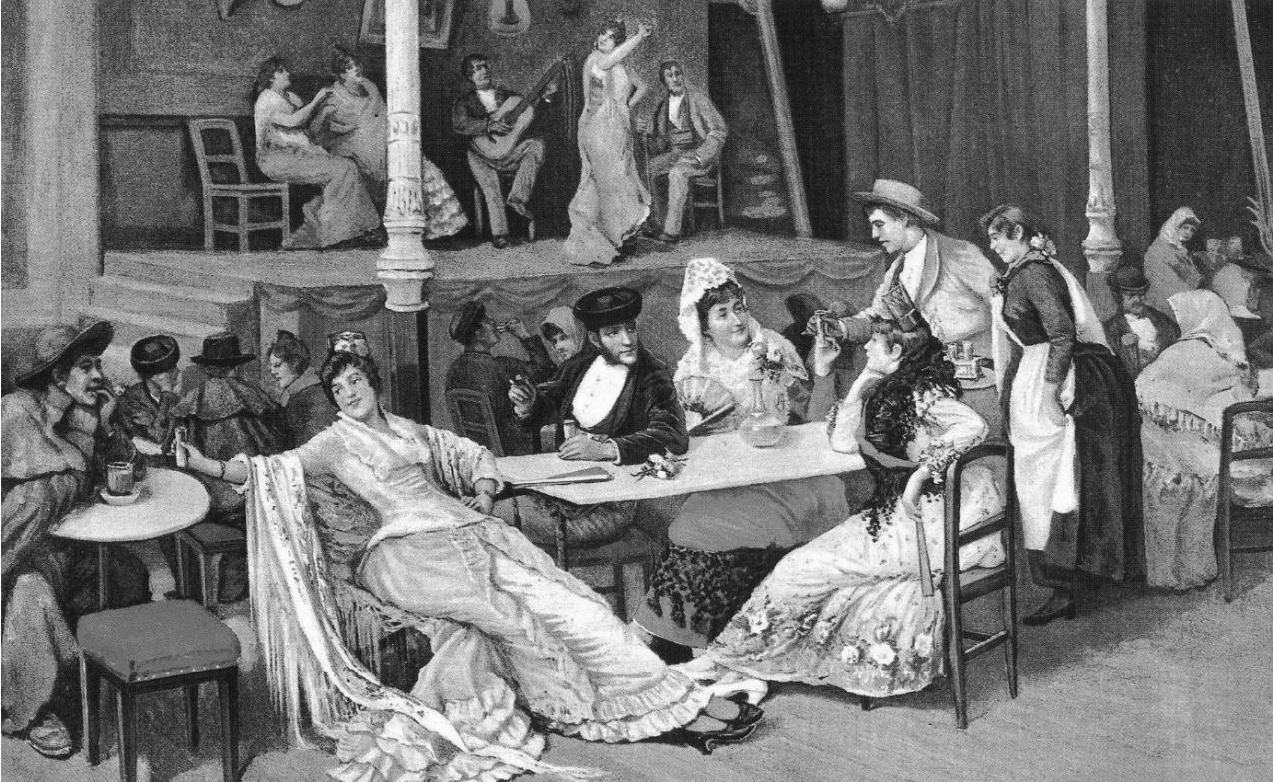

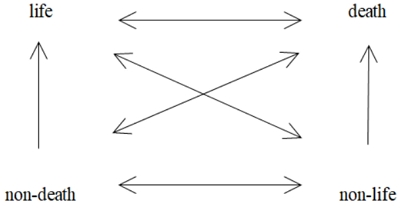

Citations


This paper investigates Jacques Derrida's notion of grammatology in the context of contemporary digital writing technologies. It critically reassesses Ferdinand de Saussure’s linguistics and his concept of phonocentrism, underscoring phonography’s underestimated role in shaping the epistemological foundations of linguistics. Introducing original concepts such as the "logographic hiatus" and "grammatological polyphony," the paper challenges the limitations inherent in alphabetic linearity, particularly through the analysis of logographic writing systems like Chinese. Drawing on recent advancements in cognitive neuroscience, notably Stanislas Dehaene’s Neuronal Recycling Hypothesis, the paper proposes a neuro-grammatological framework. It argues that the human brain repurposes pre-existing neural circuits for reading, aligning visual symbols with ecological and neurological constraints. Further, the study addresses Derrida’s concept of "Mondialatinisation," examining the implicit cultural hegemony perpetuated through Latin-alphabet-based digital input methods (e.g., Romaji, Pinyin). This critical analysis highlights the subtle yet profound epistemological and cultural implications of imposing phonocentric and alphabetic models on traditionally logographic languages. Finally, the paper underscores the unresolved civilizational tensions emerging from the digital transformation of writing, emphasizing the urgent need for interdisciplinary dialogue bridging linguistics, semiotics, neuroscience, and cultural studies
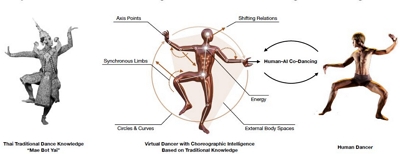
Multimodal generative Artificial Intelligence is an omnipresent technology in our post-industrial societies, as it has penetrated all areas of daily life, from social and commercial relations to the various fields of science and industry, communication, leisure and culture in general. This is to discuss whether AI is applicable to the field of artistic creation in general and to bodily arts such as dance in particular, taking into account emotional sensitivity and creativity, factors that are difficult to generate by a machine. In this article we will discuss examples of corporal artistic manifestations, in the domain of dance, in which corporality itself is called into question in the face of these interactions with humanized bodies conceived, created and “brought to life” by the magic of generative AI. The learning models developed by different Artificial Intelligence software allow these bodies to dance, model or evolve in scenographic spaces created
Citations


